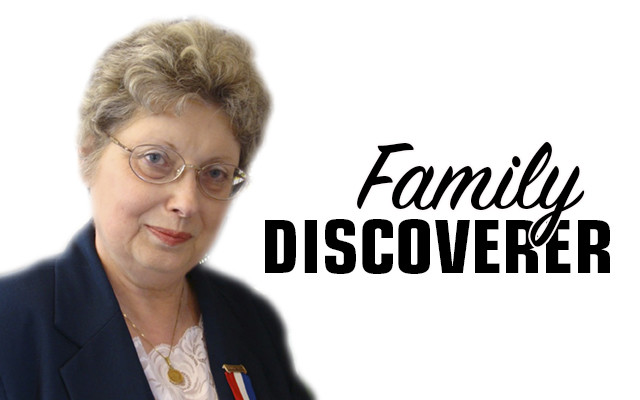
Mathematical ancestry
By Nancy Battrick
Peter Rowlett, a mathematics columnist for the magazine New Scientist, recently wrote a column of interest to genealogists. He’d discovered that one of King Henry VIII’s Masters of the Mint was a man named Ralph Rowlett. Peter wondered if he could be related to or descended from Ralph.
Genealogists would tackle this by tracing their family as far as records were available. Unfortunately, Peter knew his ancestors came from Sheffield in England, but the line ended in the 18th century with no further clues as to their origins.
He then decided to approach the question mathematically. What were the mathematical odds that he was related to Henry VIII’s Master of the Mint? All genealogists know that for each generation on our family tree, we acquire multiple more ancestors; four grandparents become eight great-grandparents, etc. Peter concluded that when we reach 20 generations, we will have a million ancestors. The Mint Master would fall in the 20th to 25th generation from the mathematician.
Given the size of England’s population at the time of Henry VIII, Peter Rowlett concluded he was almost certainly related to Henry’s Mint Master.
One thing most genealogists realize is if an ancestor lived in a village, small town, rural area, or a city where the population was small, the odds are strong that you will be related by blood or marriage with about everyone else in that area. For example, our Pilgrim ancestors had a limited marriage pool to select from, which means if you have one Mayflower ancestor you undoubtedly have others.
The same is equally true for Maine settlers who were here before 1750. We’re more or less all connected. The limited choice of partners quite often means our lines descend from a common ancestor through different children.
There’s also the matter of direct or collateral ancestry which comes into play. If direct or collateral is confusing, think of an interstate highway as direct. It takes you from one place directly to another with no detours. If you leave the highway and take the off ramp to another road that’s collateral ancestry. That’s your aunts, uncles and cousins, all relatives, but not direct, where father or mother is part of their title.
The well-known genealogist John Philip Colletta once cracked up a roomful of genealogists when he began his talk by saying genealogy is all about sex. Well, it is — none of us would be here otherwise.
So, even if you cut the number of ancestors from one million to half a million, think what would have happened if one of them had died in infancy, were sterile or killed in a war before they were able to reproduce. It’s so obvious most of us don’t think of it. Rowlett’s column made me stop and realize how much I owe to a long line of ancestors who all made me possible. It’s a sobering thought to realize just how much we owe to fate, luck, or maybe mathematics.
You can read Peter Rowlett’s columns on newscientist.com/maker.
Columnist Nancy Battick of Dover-Foxcroft has researched genealogy for over 30 years. She is past president of the Maine Genealogical Society, author of several genealogical articles and co-transcribed the Vital Records of Dover-Foxcroft. Nancy holds an MA in History from UM and lives in DF with her husband, Jack, another avid genealogist. Reader emails are welcome at nbattick@roadrunner.com.